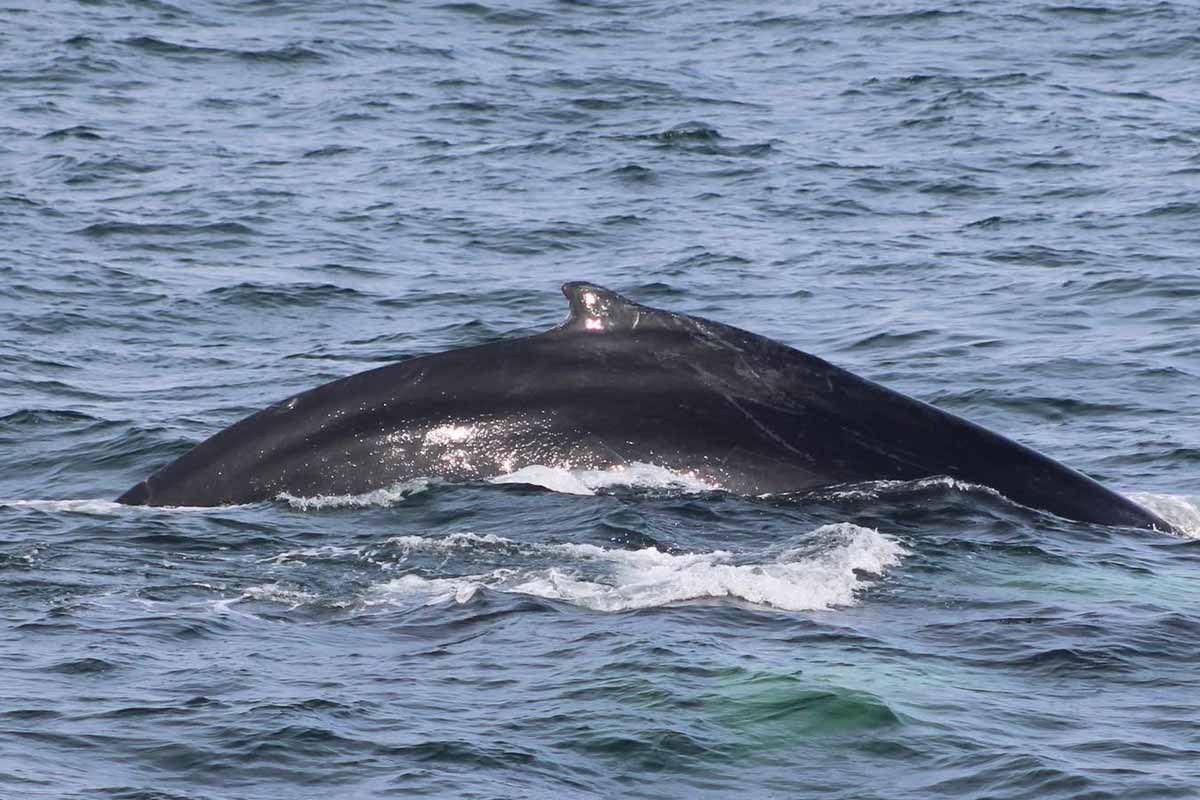Warning signs pile up as once-steady patterns fracture and field teams race to make sense. Researchers tracking migrations now see behavior that mirrors a recent crisis, not a clean rebound. Coastlines record wrong turns, thin bodies, and stops where food should not be found. Reports land daily, each one tightening the focus on a trend that no longer looks temporary. At the center sits a stark truth. Whale health slides when seas change faster than instincts adapt.
A troubling surge that echoes a recent crisis
KNKX reporters and field teams catalog an unusual rise in strandings along the Pacific West Coast. California, Washington, and Oregon now see numbers that outrun last year’s count. Migration usually peaks near late June, yet totals jump early. The timeline unsettles crews that remember the last emergency, tracked for years by federal scientists.
Cascadia Research documents animals in poor body condition. Blubber oil sits low, fat stores look thin, and digestive tracts appear empty. Photos reveal ridges where bulk should hide. Crews note weak dives, slow reactions, and shortened surfacings. The pattern recalls warnings logged during the Unusual Mortality Event investigated by NOAA Fisheries.
That event stretched from 2018 through 2023. Hopes rose when counts eased, yet scientists flag a backslide. One biologist explains that recent field data suggests a continuation, not a rebound. Teams respond with rapid necropsies and standardized notes, so trends remain comparable and fast alerts reach managers and coastal partners.
How nutrition and navigation fail a whale on the move
Arctic feeding zones keep changing as waters warm and sea ice thins. Prey scatters and grows less predictable, so animals miss the dense patches that once sustained long migrations. When stores fade, detours grow tempting. Some turn into bays where fishing boats crowd. Others hug shorelines where noise and vessels add stress.
Malnutrition shows in depleted blubber oil and shrinking reserves. Experts link poor condition to lost foraging time and altered currents. As fat falls, travel choices narrow. A whale pays for every mile. Animals risk longer pauses near ports and river mouths, trading safety for calories. These shifts increase collision exposure and bring strandings into busy, watched places.
Observers even report off-route stops near San Francisco Bay. Sightings there align with hunger, not curiosity. Individuals search for easy prey, then linger too long in disturbed water. Scientists consider the behavior a red flag for ecosystem strain. The location surprises residents, yet the driver sits upstream in far-northern seas.
Signals of imbalance that span species and coastlines
Unusual activity rarely isolates itself. Teams that track gray whales also log mass strandings among sperm whales and odd interactions around killer whales. The symptoms differ by species, yet the arc feels shared. Food webs shift, travel windows compress, and long migrations stack risk, so failures cluster in place and time.
Field records point to compounding stressors. Warm anomalies reshape prey fields, while chronic noise and busy shipping lanes erode margins. Animals arrive lean, then meet hazards they once handled. Small setbacks accumulate fast. A tired whale recovers slowly without reserves. A single navigational mistake becomes harder to correct without energy reserves that buffer storms, currents, and crowded corridors.
People notice because the events now occur near cities and beaches. Posts spread images that once stayed in field logs. The visibility helps science and policy, since reports reach analysts quickly. It also risks fatigue. Teams balance clear, timely alerts with context, so concern turns into practical steps rather than panic.
What this whale crisis says about ocean conditions
Numbers now matter for decisions. Each whale lost removes experience from a population. This year’s strandings already surpass last year’s total of thirty-one, with forty-seven documented across three states before the usual migration peak. Crews treat each case as data. Standard photos show body condition. Measurements track length and sex. Dates and coordinates help map where trouble concentrates.
NOAA Fisheries maintains the long record, including the Unusual Mortality Event from 2018 to 2023. Analysts watch for thresholds that trigger special responses. Comparisons across years reveal whether today’s spike fits a short swing or an extended decline. The precautionary view guides action while uncertainty remains high and time feels short.
Cascadia Research and partners share findings with local responders. Each necropsy refines the picture, since stomach contents, parasites, and tissue samples calibrate hypotheses. Early results amplify the same theme: thin animals meet hard routes. The message lands with coastal managers, port officials, and tribes that steward beaches and depend on healthy migrations.
From monitoring to action without losing the bigger picture
Surveillance expands while scientists keep methods simple and rigorous. Crews log strandings, then update population models as new estimates come in. Agencies coordinate with lifeguards and citizen networks. These contacts speed reports and protect public safety. The goal aligns data flow, so managers anticipate pressure before seasons intensify.
People can help while institutions scale responses. Small choices reduce ocean pressure, since plastics decline when habits change, and emissions fall when commutes switch or shrink. Thrift shopping keeps goods in use. Beachgoers give responders space. Communities host talks that face hard facts, yet keep hope active through clear, local steps.
Advocacy still matters because policy shifts unlock bigger levers. Standards for noise, shipping speeds, and runoff improve safety margins during lean years. Residents join hearings, write comments, and support coastal programs. Each action seems small, yet influence grows. The ocean’s stress did not rise overnight, and relief rarely arrives fast.
Why this moment calls for calm focus and consistent follow-through from everyone
The warning lights now flash together, as data, field notes, and hard sightings align. Scientists stay cautious and fast, while communities engage with steadier purpose. The path forward rewards patience. Results build as reports accumulate and practices change. The shared outcome improves when each whale meets safer waters and a fuller sea.
